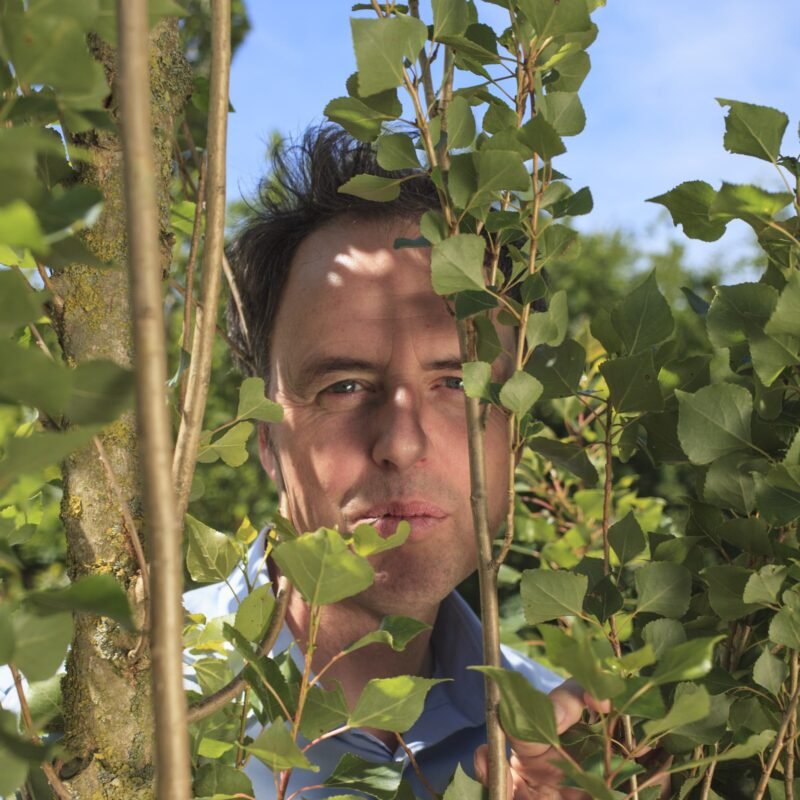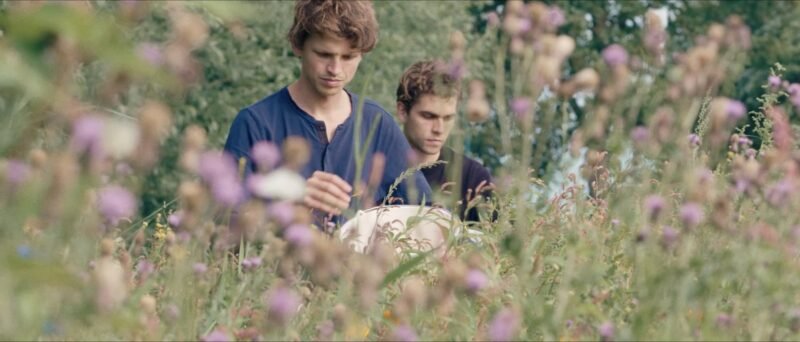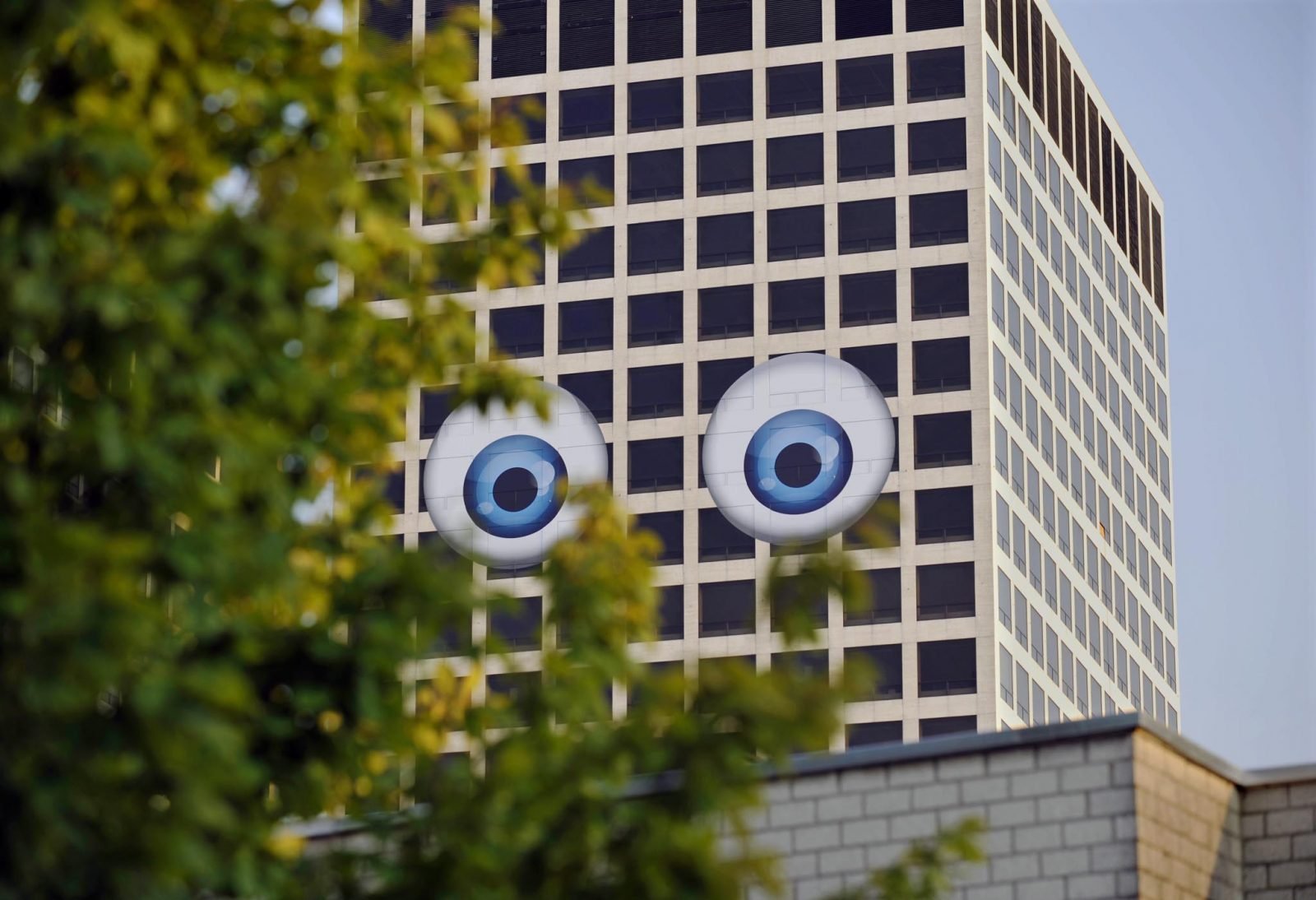The World’s First Vertical Forest
Last Autumn, websites like Inhabitat and TreeHugger reported about Stefano Boeri’s plans for a stunning vertical urban forest in Milan. A great and definitely inspiring idea! But don’t we often see these kinds of urban fantasies that never leave the drawing board? Not this time — construction has already started. This Big City has posted pictures of the first frameworks. That makes the project even more interesting, as we never before witnessed the building of a vertical forest. The Bosco Verticale will cost some 6 million euros. In fact the tower does not only accommodate trees, but also luxury apartments. Each apartment has a balcony designed to hold approximately 900 small trees and plants, making the facade look like an impressive forest.

The plan makers claim the plants in this tower to cover an area of approximately 10,000 square meters, which always comes with the usual list of benefits: filtering pollution, absorbing CO2 and dust particles, reducing noise pollution to the building, improving the microclimate, saving energy by sheltering the building from solar radiation in Summer and reducing rainwater run-off so curbing flooding.

A critical question would be: why not plant this forest horizontally? It would have the same benefits to the city but without the concrete in between? But as we don’t tend to be a cynical website, I rather focus on the strength of the idea to spatially densify the benefits of nature and to create a new landmark. This concept would allow for much more green in the city combined with interesting housing, which makes it interesting. Who doesn’t want to live in the forest and in the city at the same time? That’s possible here, also on the 27th floor. Not yet clear is whether the forrest is accessible to visitors that just want to make a short walk. I would love to “andare in giro” in a vertical forest.



